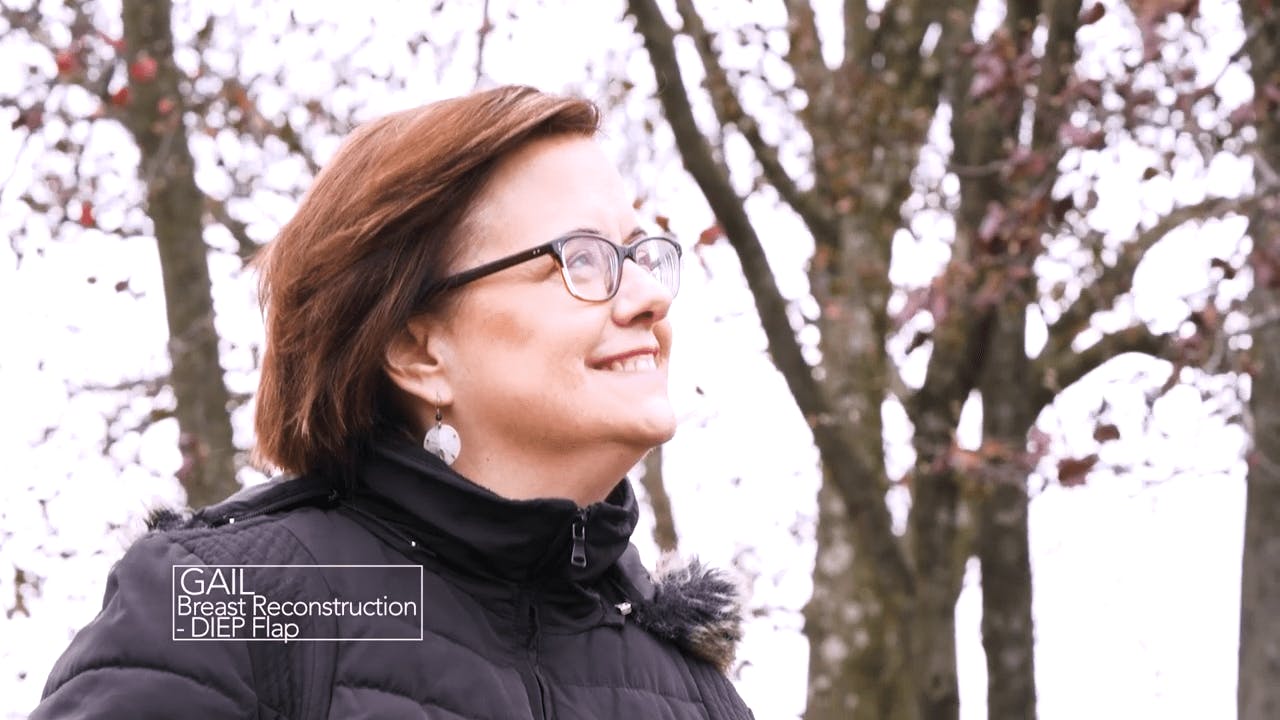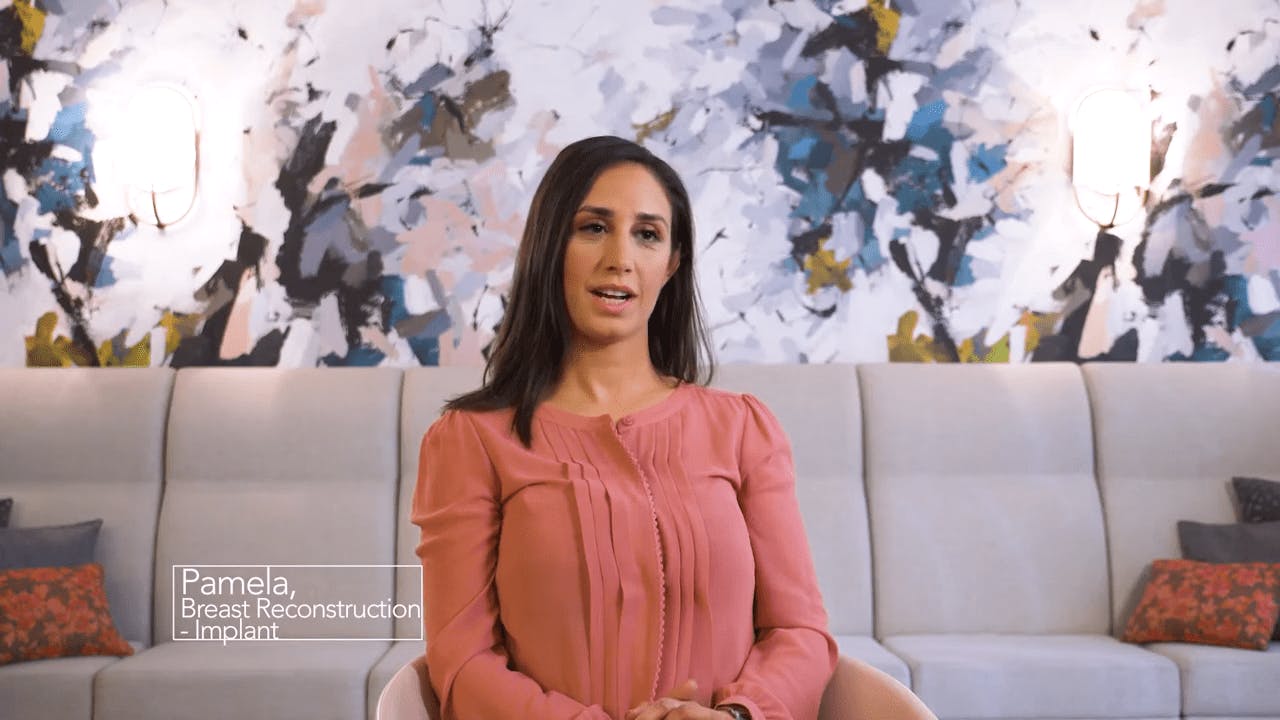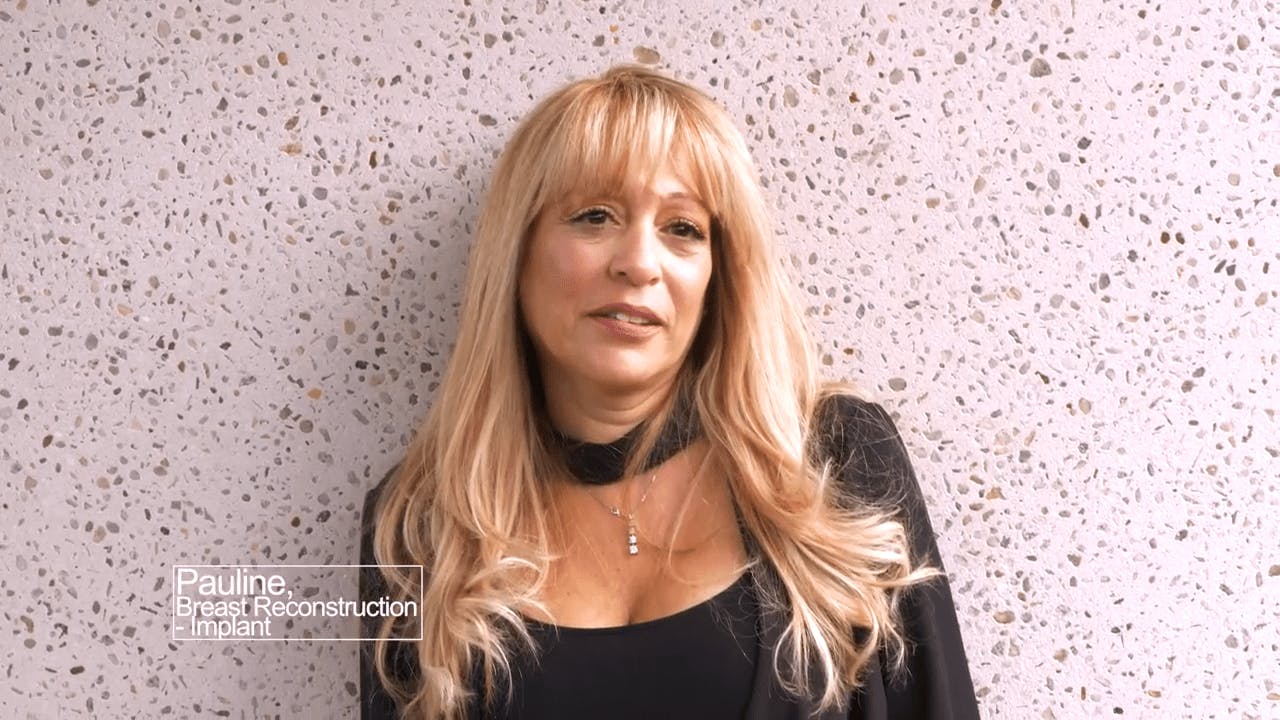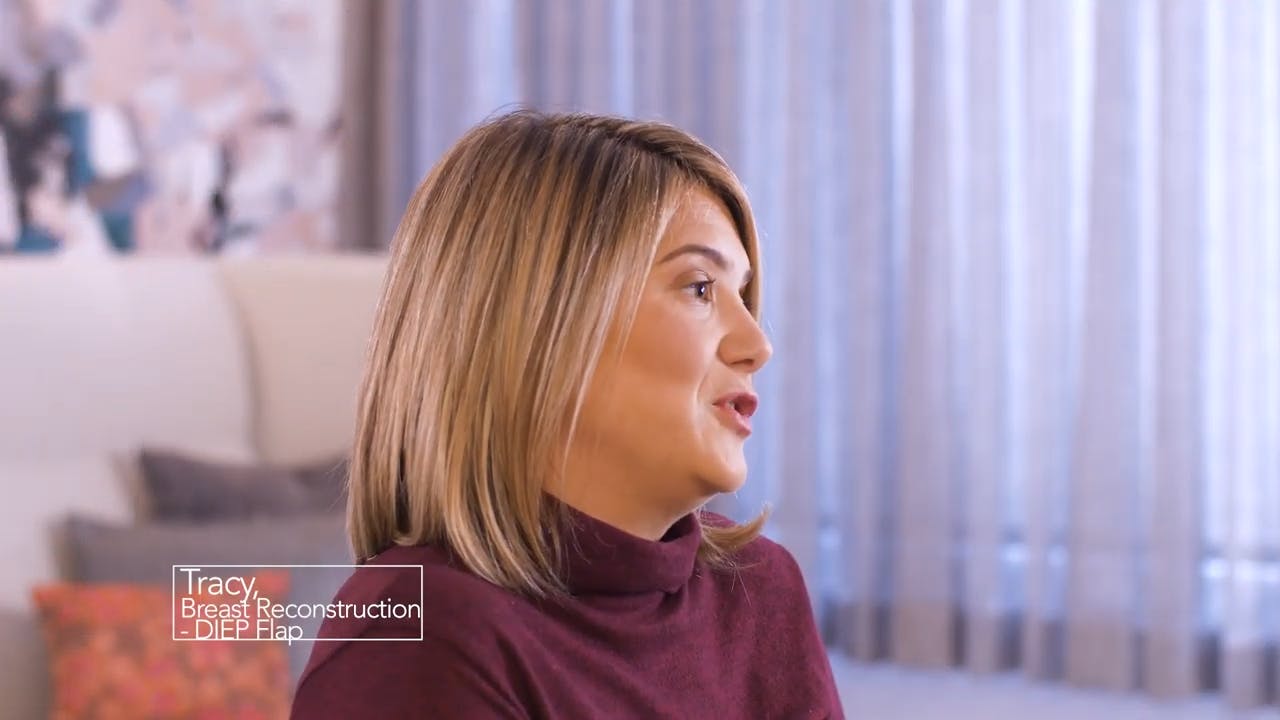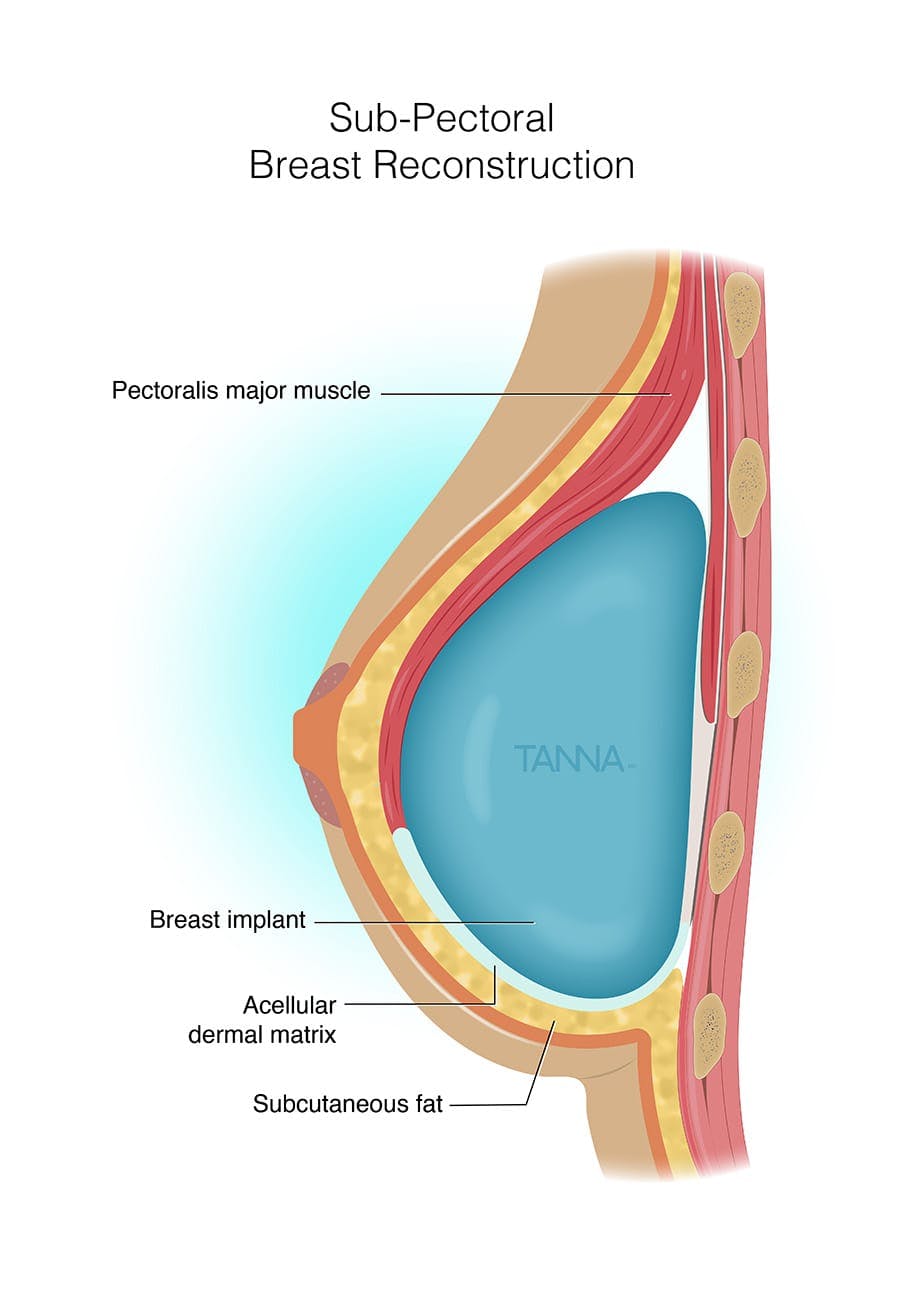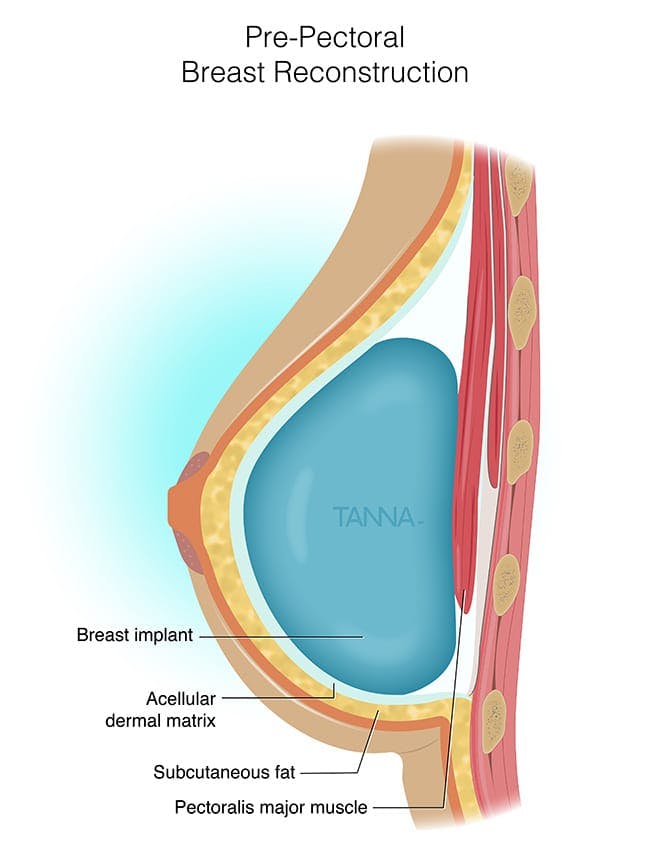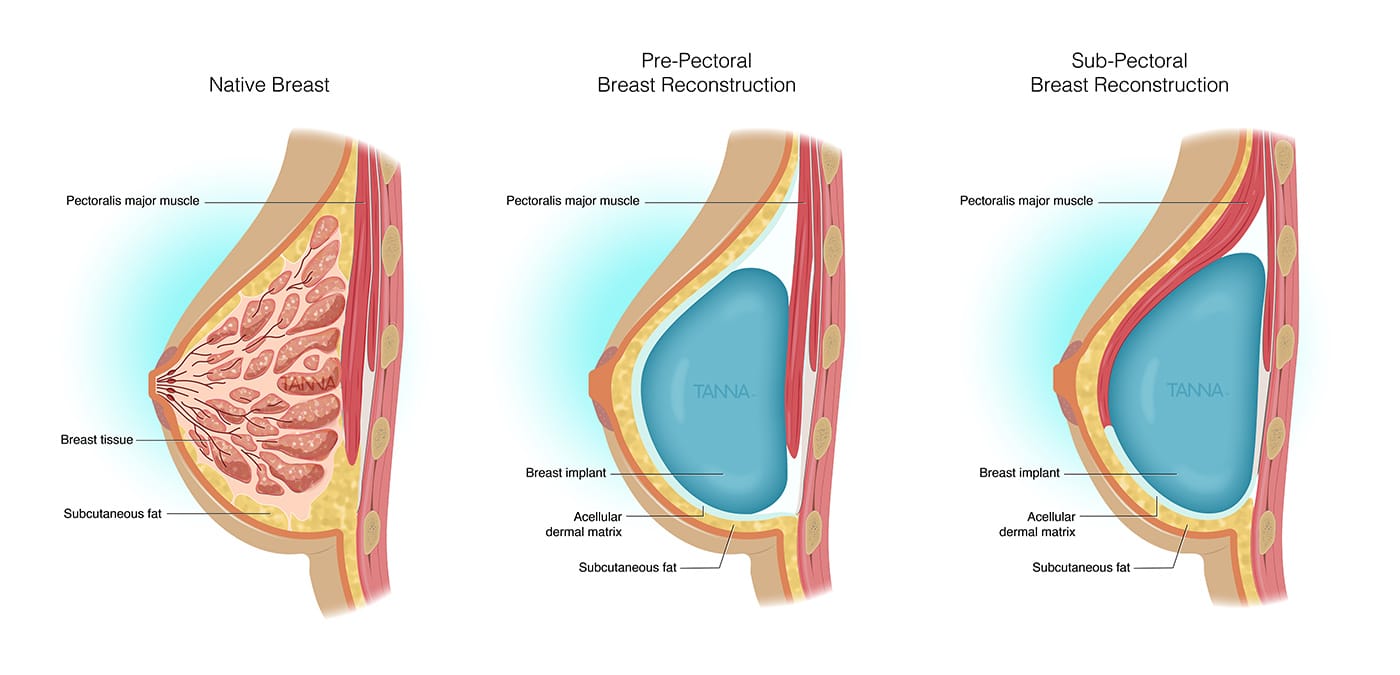Dr. Neil Tanna has experience in all forms of breast reconstruction in Long Island. He performs a full range of advanced surgical techniques, including flap (the woman’s own tissue) or implant-based reconstruction.
Dr. Tanna has completed extensive training, including a specialized fellowship training in microvascular surgery and advanced breast reconstructive surgery.
Having completed his training at UCLA and NYU, both high volume breast reconstruction centers, he practices the most modern, advanced techniques in breast reconstruction surgery.
At this time, Dr. Tanna has vast experience performing breast reconstruction in addition to cosmetic breast surgery, assuring his patients of a natural and safe outcome.




